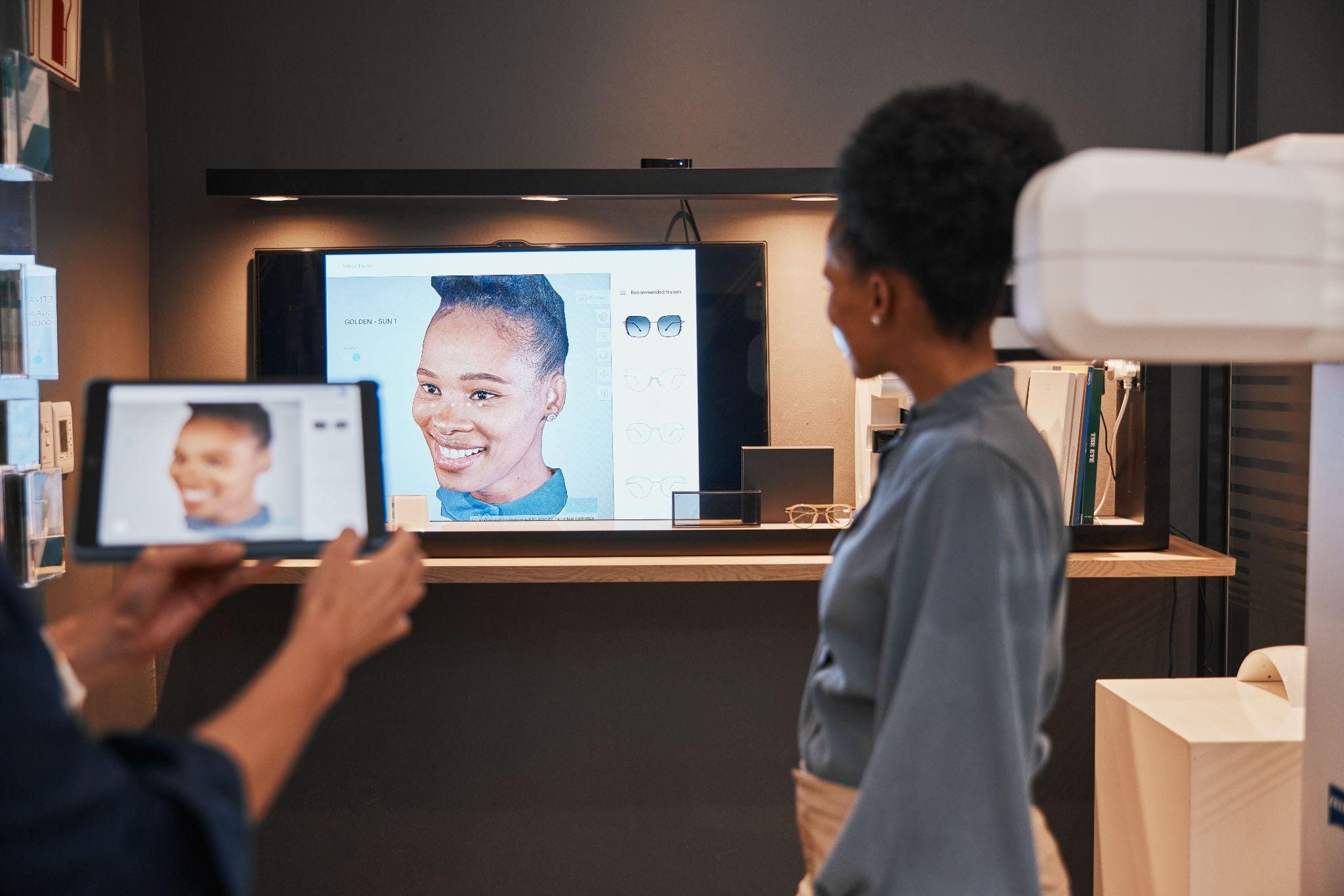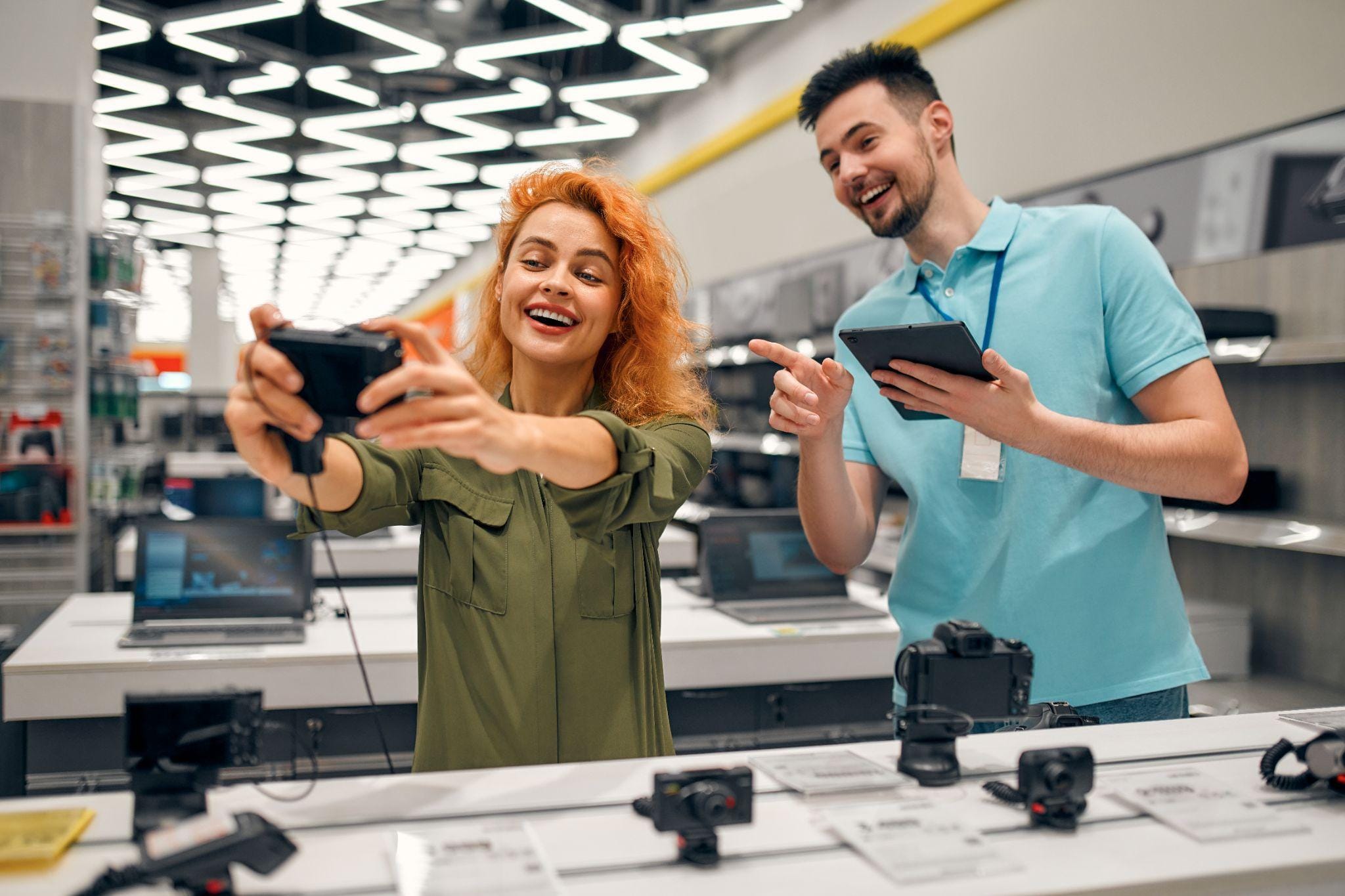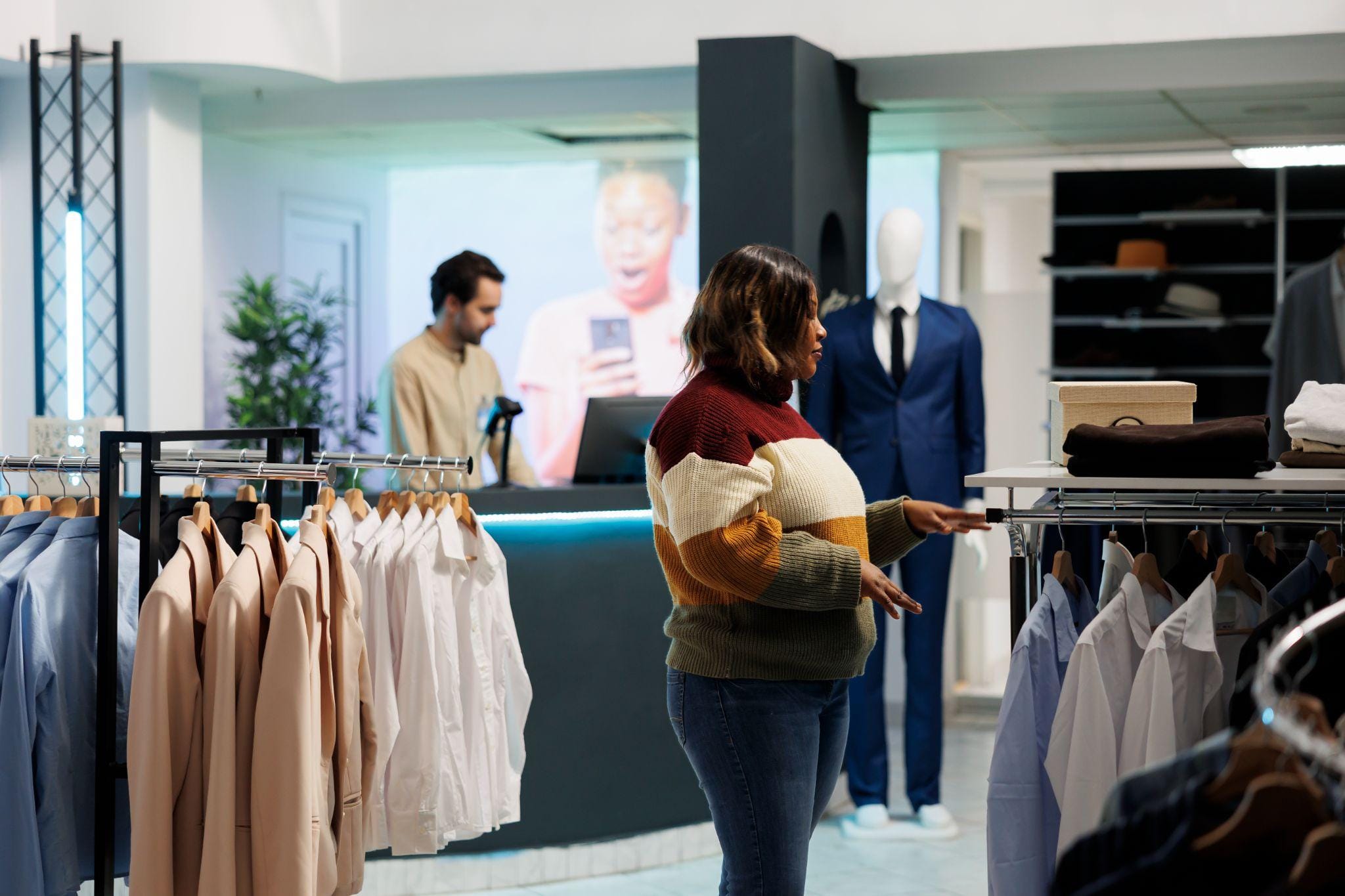The Impact of AR on Consumer Behavior in Advertising
Augmented Reality (AR) has emerged as a game-changing technology in the advertising world, offering an immersive and interactive approach that deeply resonates with modern consumer behavior. By blending the digital and physical worlds, AR is not only capturing attention but also influencing consumer behavior in ways that traditional advertising methods can’t match.

AR and the Psychology of Consumer Engagement
At its core, advertising aims to promote emotions, create memories, and drive action. AR achieves all three by offering a sensory-rich experience that traditional ads lack.
Enhanced Emotional Connection: AR ads create a more personal and memorable experience. For example, AR-powered beauty apps allow consumers to see how a product would look on their skin, building confidence and emotional buy-in.
Increased Attention Span: Studies reveal that interactive content like AR keeps users engaged longer, which is critical in today’s fast-paced digital environment.
By tapping into the psychology of engagement, AR encourages consumers to interact with brands on a deeper level, leading to stronger brand recall and loyalty.
Driving Consumer Decisions Through Try-Before-You-Buy Experiences
One of the most impactful ways AR influences consumer behavior is by reducing purchase hesitation through virtual try-ons and previews.
Imagine a customer trying on sunglasses virtually or previewing how a couch looks in their living room before making a purchase. Such features not only provide clarity but also eliminate the guesswork, significantly increasing the likelihood of a sale.
Impact on Consumer Behavior:
- Builds trust by addressing doubts.
- Encourages confident decision-making.
- Reduces the rate of product returns, saving businesses significant costs.
AR Enhances Storytelling in Advertising

Consumers love a good story, and AR takes storytelling to the next level by making it interactive and immersive.
For example, a food brand might use AR to show the journey of its product from farm to table. By scanning the packaging, users can watch an engaging story unfold, providing both entertainment and valuable brand insight.
Impact on Consumer Behavior:
Strengthens emotional ties to the brand.
Creates shareable moments that amplify reach on social media.
AR storytelling aligns with modern consumers' preference for brands that are transparent, authentic, and engaging.
Gamification: Making Ads Fun and Rewarding
Gamified AR experiences are another way to influence consumer behavior. Brands are increasingly using AR to turn ads into interactive games that not only entertain but also incentivize participation.
For instance, a retail chain could create a treasure hunt where customers use their smartphones to locate virtual objects in-store, earning discounts or prizes upon completion.
Impact on Consumer Behavior:
Advance engagement by combining fun with rewards.
Drives footfall to physical stores and increases time spent on eCommerce platforms.
This approach resonates particularly well with younger audiences who value experiential interactions over passive consumption of content.
Personalization: Tailoring AR Experiences for Individual Consumers
Personalization has become the foundation of modern advertising, and AR takes it to a whole new level. By analyzing user data, brands can deliver AR experiences that cater to individual preferences and needs.
For example, a fashion retailer could use AR to suggest outfits based on a consumer's past purchases or browsing history. The experience feels tailored, increasing the likelihood of conversion.
Impact on Consumer Behavior:
Builds a sense of exclusivity and relevance.
Encourages repeat interactions and purchases.
Social Media AR Filters: Bridging Entertainment and Advertising
Social media platforms like Instagram and Snapchat have made AR filters a mainstream phenomenon. These filters allow brands to subtly integrate their messaging into user-generated content, turning consumers into brand ambassadors.

For instance, a cosmetics brand might create a filter that lets users try out different lipstick shades and share their looks online. The virality of such filters amplifies brand visibility and reach.
Impact on Consumer Behavior:
Encourages organic brand promotion.
Increases trust through peer recommendations.
Impact on Impulse Purchases and FOMO (Fear of Missing Out)
AR advertising can also tap into impulse buying and FOMO by creating a sense of urgency. Limited-time AR experiences, such as pop-up stores or exclusive product previews, compel consumers to act quickly.

For instance, a luxury watch brand could use AR to show a countdown timer on its latest collection, viewable only through a special AR app.
Impact on Consumer Behavior:
Sparks immediate action.
Creates a perception of exclusivity.
Impact on Consumer Behavior:
Strengthens brand credibility.
Encourages informed purchasing decisions.
Challenges and the Future of AR in Advertising
While AR offers immense potential, it also comes with challenges:
High Development Costs: Creating high-quality AR experiences requires significant investment in technology and talent.
Device Dependency: Not all consumers have access to AR-enabled devices, which limits the reach of campaigns.
User Adoption: Convincing consumers to engage with AR ads requires overcoming initial resistance or unfamiliarity with the technology.
However, the future of AR in advertising is bright. Advancements in 5G, AI, and AR wearables will make experiences more accessible and immersive.
Final Thoughts
Augmented Reality is reshaping consumer behavior in advertising by offering interactive, immersive, and personalized experiences. From reducing purchase anxiety to encouraging impulse buys, AR drives engagement and builds trust in ways traditional advertising cannot.
For marketers and brands, AR isn’t just a tool; it’s a transformative strategy that meets the expectations of modern, tech-savvy consumers. By investing in AR today, businesses can ensure they remain relevant and competitive in the future.
Comments
Your comment has been submitted successfully!